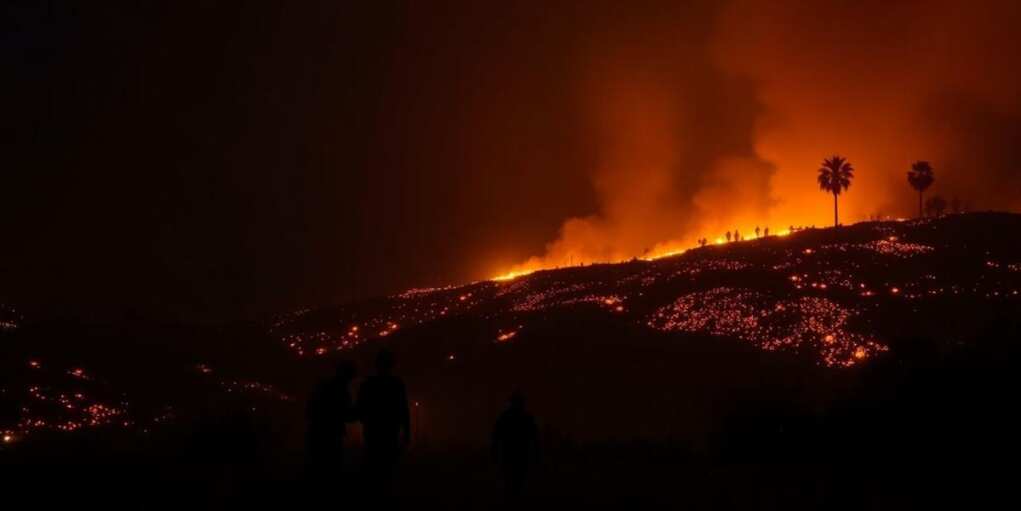Firefighters Reveal What Really Started The Palisades Fire

According to multiple firefighters within the Los Angeles Fire Department, the disaster that wiped out an entire Pacific Palisades community earlier this year was not an accident — it was a failure of leadership.
Firefighters who battled the original blaze, known as the Lachman Fire, say they were told to leave while the ground was still smoldering. Federal investigators now say those same hot spots reignited days later, sparking the Palisades Fire that killed 12 people and destroyed dozens of homes.
One firefighter recalled the orders clearly.
“There was several hot spots and it was definitely still smoldering,” the firefighter wrote. “Tons of smoldering tree stumps still remained that needed to be dug out and water applied. I believe a hand crew needed to come in and mop up the whole area with water.”
He said he even showed a chief the hot spots but was told it was “good enough.”
“I was using water that was draining out of the hose to put red hot coals out,” he wrote. “I couldn’t believe we walked away from that burn scar the way it was.”
Text messages later obtained by The Los Angeles Times backed up the firefighter’s story. One firefighter texted that the battalion chief had been warned it was a “bad idea” to leave the burn area unprotected — but the order stood.
“And the rest is history,” the message said.
Another firefighter told reporters that crews were angry about the decision but couldn’t disobey orders. Within days, the ground reignited, and powerful winds turned the lingering fire into an inferno.
Despite knowing the likely cause, fire department leaders publicly denied the connection for months. Internal messages show they were aware from the beginning that the January 7 blaze was a reignition of the January 1 fire — but officials insisted otherwise until federal investigators forced the truth in early October.
Even now, the department’s top brass are scrambling to explain themselves. Former interim chief Ronnie Villanueva, who took over after the city’s mayor fired the previous chief, claimed that he and the department’s arson squad didn’t even know what a “holdover fire” was until federal agents explained it.
“As far as we were concerned, the fire was extinguished,” Villanueva said. “Unbeknownst to us, it was still in the rooting system.”
Villanueva and Assistant Chief Joe Everett said crews patrolled the site for more than 36 hours. But their own After Action Report showed that resources were only on scene for 12 hours before clearing out on the afternoon of January 1.
Villanueva later claimed the department returned to the site two days later after smoke was reported. “We went back over there again. We dug it all out again. … We did everything that we could do — cold-trail again,” he said. But when asked for dispatch records to prove it, LAFD didn’t respond.
Everett also dismissed concerns at a community meeting weeks later, saying his crews were “highly qualified” and that “the fire was dead out.”
But at the start of that same meeting, he made a rare admission.
“It’s extremely, extremely hard for me to look you in the eye knowing that, quite honestly, I feel like I failed you in some respect,” Everett said.
For the hundreds of families who lost their homes — and the twelve who lost loved ones — that statement may be the first honest thing anyone in command has said about the fire.








